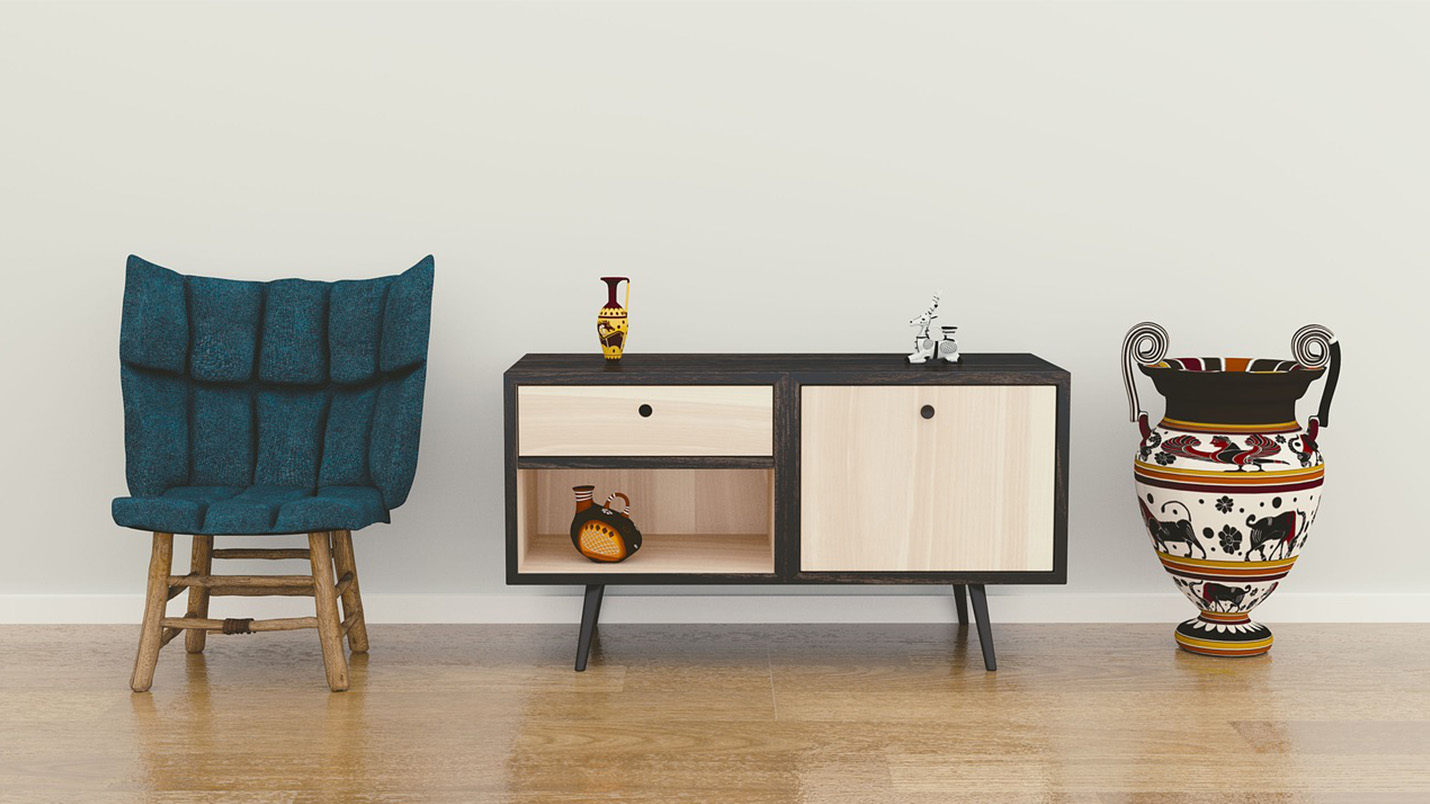Mastering Minimalism: Tips for a Clutter-Free Home
In a world often characterized by excess, the allure of minimalism lies in its ability to distill life down to its essential elements. A minimalist approach to design embraces simplicity, functionality, and an intentional use of space. If you're looking to transform your living environment into a serene sanctuary, here are some key principles and tips for mastering minimalism in your home.
Embrace the Power of Decluttering
At the core of minimalism is the art of decluttering. It's about paring down possessions to only those that serve a purpose or bring genuine joy. Begin by assessing each room in your home. Identify items that no longer serve a functional role or hold sentimental value. Consider donating, selling, or repurposing these items. A clutter-free environment provides a blank canvas for a minimalist aesthetic to flourish.
Opt for Functional Furniture Pieces
Minimalist design thrives on furniture with clean lines and a purposeful presence. Look for pieces that serve multiple functions or incorporate storage solutions. For example, a sofa with built-in compartments or a bed with under-bed storage can help maximize space while maintaining a streamlined look. Choose furniture with a neutral color palette to create a cohesive and calming atmosphere.
Prioritize Quality Over Quantity
Investing in high-quality, enduring pieces is a cornerstone of minimalist design. Rather than accumulating a multitude of items, focus on acquiring a select few that are well-crafted and designed to last. Quality materials and craftsmanship not only contribute to the longevity of your furniture but also exude a sense of timeless elegance.
Utilize Negative Space
Negative space, often referred to as "white space," is the unoccupied area in a room. Embracing negative space is fundamental to minimalist design, as it allows the eye to rest and emphasizes the beauty of simplicity. Avoid overcrowding a room with excessive decorations or furniture. Instead, allow the space to breathe, allowing each piece to shine in its own right.
Opt for a Neutral Color Palette
Neutral tones such as whites, grays, and earthy hues are quintessential to a minimalist color palette. These shades create a backdrop of tranquility and offer a sense of unity throughout your space. If you desire a pop of color, consider incorporating it sparingly through accents like artwork, textiles, or a single statement piece of furniture.
Focus on Purposeful Decor
Select decor items that hold personal significance or serve a specific function. Each piece should contribute to the overall aesthetic and functionality of the room. A carefully chosen piece of artwork, a statement plant, or a functional, aesthetically pleasing storage solution can be powerful elements in a minimalist space.
Practice Mindful Consumption
Finally, adopting a minimalist lifestyle extends beyond design choices. It involves cultivating a mindset of mindful consumption. Before making a purchase, consider its necessity and how it aligns with your overall vision for your home. Choose items that truly resonate with you and contribute to a purposeful, clutter-free living environment.
Incorporating these principles of minimalist design into your home can lead to a space that exudes tranquility, intentionality, and a sense of calm. By prioritizing quality, functionality, and purposeful choices, you can create a sanctuary that not only looks beautiful but also fosters a deep sense of well-being. Remember, mastering minimalism is a journey, and it's about creating a space that reflects your unique sensibilities and values.

Senior Interior Design Specialist




